It’s interesting seeing how naval aircraft compare to their contemporaries ashore. Not only does the operating environment impact aircraft design, but the rigors of operating in a maritime environment can also radically influence design as well. This can result in very different aircraft being built to fulfill a similar role. Take the two top fighters introduced during the 1970s by the United States Navy and the United States Airforce. Despite being introduced to satisfy a similar role at around the same time, the aircraft differ radically in their design. In an F-14 vs F-15 scenario, both aircraft utilized different technology and theory to best adapt to their specific environment.
*Note* As the F-14 and F-15 aircraft matured over their service lives, the designs began to diverge further as new technology and new mission requirements arrived. To make for a better F-14 vs F-15 comparison, we will stick with the original iterations of the aircraft, the F-14A and F-15A models.
A Foreword to F-14 vs F-15: The TFX, VFAX, VFX, and F-X Programs
Before digging into the respective histories of the F-14 and F-15, it’s worth pointing out that both aircraft saw their origins in the TFX (Tactical Fighter Experimental) program.
Developing fighter aircraft was a long, expensive process. This was especially true when multiple branches of the military were attempting to develop their own aircraft. After becoming the United States Secretary of Defense, Robert McNamara attempted to address these cost issues by having the Air Force and Navy both utilize a common airframe in 1961. At first, this seemed like a simple enough proposal given that both branches were seeking many of the same things, namely high speed, long range, and heavy armament among other things.
However, as development continued it became obvious that certain features were incompatible with the others. The Air Force desired a fighter that could also serve in the interdiction role. However, the Navy desired a fighter that could also provide area defense for the entire fleet. This required a greater focus on agility while also incorporating a large radar system in an aircraft small enough to be operated by aircraft carriers. As development continued, it became obvious that TFX design was too large and unwieldy to serve as a naval fighter. In 1968, they were finally able to convince the United States Government to allow them to depart from the TFX program and develop their own fighter. This would result in the VFAX program. Ironically, the Air Force also arrived at a similar conclusion after lessons learned during the Vietnam War. Smaller, highly agile aircraft proved their worth in air combat. While the TFX aircraft entered production as the F-111 “Aardvark”, it would go on to function primarily as a multi-role aircraft that focused on air-to-ground missions.
The discovery that small, highly maneuverable aircraft were succeeding in air-to-air combat spurred a new generation of aircraft designs. This, coupled with the Navy’s departure from the TFX program, led to the implementation of the VFAX (Naval Fighter Attack Experimental) program. While VFAX was originally intended to provide a supplemental light aircraft to complement the TFX design, it eventually became the primary aircraft. At the same time, the United States Air Force had determined that it needed a smaller, more nimble fighter, a role the F-111 could not fulfill. In 1965, the Air Force introduced the F-X program to develop highly specialized fighter aircraft. Seeing that both branches were on common ground, Robert McNamara again tried to get them to work on a common aircraft design. However, both branches were now well aware of the problems that this would cause. This led to them both setting out on their own. The Navy rewrote the VFAX program into the VFX Program while the Air Force modified the F-X program. The VFX and F-X programs would lead to the F-14 and F-15 respectively.
The F-14A Tomcat
The Grumman aircraft company had been brought in by General Dynamics (the primary company behind the TFX) during the development of the TFX. Grumman, long a developer of highly successful naval aircraft, was supposed to bring their expertise in to help General Dynamics (who lacked experience with naval aircraft) develop a carrier-based aircraft. However, as the TFX program began to stall and the limitations of the F-111B (the naval variant of the TFX program) became apparent, Grumman took it upon themselves to begin investigating alternative designs. Grumman combined their own experience with the requirements that the Navy was looking for to produce the 303 design. The Navy became aware of Grumman’s developments in 1966 and was interested enough to ask Grumman to continue with the project.
When the Navy was finally able to remove itself from the TFX program, it began work on the VFAX program. However, when Grumman finally showed the Navy the most modern developments of the 303 Design, the Navy found an ideal fighter aircraft for fleet area defense roles. The VFAX program was rewritten into a new project known as VFX (Naval Fighter Experimental) which was essentially based on the Grumman 303 design. When bidding went out, it came as little surprise when Grumman’s design won in 1969. The VFX would become the F-14 “Tomcat”.
It’s worth pointing out that due to the environment in which it was to operate, the F-14 diverged slightly from the traditional fighter aircraft. Instead of a pure interceptor, the F-14 was to provide area defense for the fleet. In other words, the F-14 was designed to patrol the airspace around the fleet. During the Cold War, the Russian strategy to deal with the Aircraft Carriers relied on large numbers of cruise missiles fired from bombers and submarines to overwhelm fleet defenses. The F-14 was designed to counter these missile attacks by intercepting the bombers before they could get within missile launch range. This need to engage aircraft at maximum distance was the driving force behind the need for a very large radar system and missiles capable of hitting targets at long ranges (The AIM-54).
The F-14 was a major departure from previous naval fighter aircraft. While nowhere near as large as the F-111B, the need to carry the large AN/AWG-9 radar system, up to six of the large AIM-54 Phoenix missiles, as well as a fuel capacity of 16,000lbs still resulted in a very large, very heavy naval fighter. The F-14, weighing roughly 60,000lbs with a length of 62′ and a wingspan of 64′ dwarfed the earlier F-4 “Phantom” at 41,500lbs with its length of 63′ and a wingspan of 38′. Despite the larger size, the F-14 outperformed previous naval fighters in most regards. The use of variable-geometry wings and a clean, aerodynamic design resulted in an aircraft that possessed exceptional speed, greater rates of climb, superior stability, and increased maneuverability.
Entering service in 1974, the F-14 would quickly establish itself as the primary fighter for carrier operations for decades. During this time, the aircraft was further refined and its capabilities further increased. New engines and avionics dramatically increased speed and performance. However, the F-14 was also handicapped by the fact that it was a pure fighter aircraft with minimal capability to carry out air-to-ground missions. This became even more of an issue as dedicated ground attack aircraft were phased out of service aboard carriers. The large F-14s took up valuable space aboard carriers, reducing flexibility. This was addressed with later upgrades that enabled F-14s to carry air-to-ground weaponry, turning them into multi-role aircraft. However, it was ultimately the large size and expense to operate the aircraft that would doom the F-14. The smaller F-18 “Hornet” entered service 10 years after the F-14 and supplemented it aboard carriers due to its smaller size and better multi-role capability. In 1999, the arrival of the slighter larger and vastly more flexible F-18E/F “Super Hornets” spelled the end for the F-14. While not as capable in the fleet area defense role, they were substantially better in other roles and enhanced carrier flexibility. The F-14, perhaps the most famous aircraft used by the United States Navy, was retired 2006.
F-15 Eagle
Even while pursuing the TFX program, the United States Airforce was also coming to the hard realization that air combat was changing rapidly. While the TFX program stressed the previously held ideas of high-speed and long-range missiles, first-hand experience during the Vietnam War showed that dogfights at close range were still far too relevant. High agility and larger reserves of engine power (for a higher thrust-to-weight ratio) were found to be far more important than previously realized. With the TFX program and its F-111 failing to meet these new requirements, the Air Force embarked on a separate program for a new fighter aircraft. The knowledge that even newer aircraft would arrive, such as the Soviet Mig-25, further pushed development.
In 1968, the Airforce finally decided on the requirements for its new fighter. Weight was to be kept near 40,000 lbs while the engines were to be powerful enough to ensure a thrust-to-weight ratio of 1:1. Unlike previous aircraft that were designed to be multi-role designs, the Airforce decided that the F-15 (at least in its original form) was to be a dedicated air superiority fighter. This led to just as much emphasis on maneuverability as speed, requiring a larger wing (leading to lower wing loading) to produce better agility. The McDonnell Douglas company produced the winning design, being awarded the production contract in 1969. The resulting aircraft would become the F-15 “Eagle”.
As the first fighter aircraft produced by the United States in two decades that was completely dedicated to dogfighting (the last Airforce design to be a single-role aircraft was the F-86), the F-15 was a radical leap in design compared to its predecessors. While still being a very fast aircraft, the F-15 also possessed exceptional maneuverability and acceleration. The thrust-to-weight ratio of the F-15 was high enough that at lighter weights, it could even accelerate during a vertical climb. It’s large wings were further supported by its fuselage, designed to provide additional lift from its shape. The high amount of lift allowed the F-15 to perform extremely tight maneuvers and, coupled with the high thrust-to-weight ratio, also allowed the aircraft to retain enough energy to continue performing successive maneuvers without losing speed. This made the F-15 an exceptional interceptor aircraft, able to engage other aircraft in a dogfight and outmaneuver them.
Even with its agility, the F-15 was heavily armed for its size and weight. Building on lessons learned from the Vietnam War, the -15 was designed from the onset to utilize an internal gun, in this case, the M61 Vulcan 20mm cannon with over 900 rounds of ammunition available. Missile armament was also heavy, up to four medium-range AIM-7 “Sparrow” missiles could be carried on the fuselage in a conformal arrangement while four additional missiles, such as the short-range AIM-9 “Sidewinder”, could be carried on underwing pylons. Between the guns and missiles, the F-15 had ample weaponry to engage several targets.
The F-15 began entering service in 1976 and soon established itself as the primary fighter aircraft in the inventory of the United States Air Force (A position it still continues to fill even with newer aircraft entering service alongside of it). Between use in the United States and foreign countries, the F-15 has racked up an impressive record of successes. While initially developed for the air superiority role, the F-15 proved to be incredibly versatile and was further upgraded into a multi-role fighter-bomber with improved sensors and equipment to handle air-to-ground weapons. It was largely thanks to this versatility that the F-15 continues to see service with the United States Air Force even today. Almost fifty years later, the F-15 remains one of the most effective aircraft in service.
The Specifications
| F-14A “Tomcat” | F-15A “Eagle” | |
| Length | 62′ 9″ (19.3) | 58′ 2″ |
| Wingspan | 64′ 1″ (19.54)- Unswept 38′ (11.6m) – Swept | 42′ 10″ |
| Height | 16′ (4.9m) | 16′ 6″ |
| Weight (Empty) | 40,104 lbs | 28,000 lbs |
| Weight (Maximum) | 72,000 lbs | 68,000 lbs |
| Wing Area | 565 sq ft 1,0008 sq ft (Including fuselage) | 608 sq ft |
| Powerplant | 2x Pratt & Whitney TF30-P-412A | 2x Pratt & Whitney F100 |
| Maximum Thrust | 20,900 lbs per engine | 23,770 lbs per engine |
| Thrust to Weight | .56 at Maximum Takeoff Weight | .85 at Maximum Takeoff Weight |
| Maximum Speed | 1,584 mph @ 40,000′ | 1,650 mph |
| Cruising Speed | 534 mph | 655 mph |
| Turn Radius | 2,770′ @ 10,000′ at 55,600lbs weight | 4,000′ @ 10,000′ at 41,000lbs weight |
| Manuever Loads | 7.5g Maximum | 9+ g Maximum |
| Wing Loading | 92 lbs per square foot | 73 lbs per square foot |
| Service Ceiling | 53,000′ | 65,000′ |
| Climb Rate | 45,000 ft/min | 67,500 ft/min |
| Range | 2,000 miles | 1,901 miles |
| Combat Radius | 765 miles | 1,061 miles *Includes external fuel* |
| Armament: | 1x 20mm M61 Vulcan 675 Rounds | 1x 20mm M61 Vulcan 940 Rounds |
| 10 Hardpoints 14,500lbs of Ordnance | 9 Hardpoints 16,000lbs of Ordnance |
F-14 Tomcat vs F-15 Eagle: How did they compare?
The F-14 and F-15 have many similarities in their origin and that they were both fighter aircraft with twin engines, twin tails, along with other design features. However, due to the different operating environment, both aircraft were also very different in their performance goals. This ultimately resulted in two aircraft that were very different fighters.
The F-14 ultimately became a long-range fighter that would sweep vast swathes of airspace around its carrier. It would act as a shield against hostile aircraft, especially bombers armed with cruise missiles. The F-15 was as close to a pure fighter as possible. It would engage the latest fighters of other airforces and expect to outperform them. These differing roles can be seen in the performance figures of both aircraft.
The F-14 was a large and heavy aircraft, necessary for its large radar system and long-range air-to-air missiles. It also possessed ample fuel reserves, granting it a higher range to patrol more area in the fleet defense role. It was designed to detect and fight enemy aircraft at extended ranges. The F-15, as a pure interceptor, was smaller but wrapped around larger engines. The higher thrust-to-weight ratio of the F-15 granted superior rate of climb, speed, and service ceiling. Interestingly, as far as maneuverability goes, the larger F-14 actually has the initial advantage. The Swing-wing design permitted the F-14 to turn within the F-15 at first. However, this initial advantage would quickly be lost as the F-14 bled speed. The F-15, with its more powerful engines and stronger airframe, would retain its speed advantage. This would allow it to maintain its agility long after the F-14 would be forced to give up. Of course, the F-14 would not need high maneuverability for its intended mission, so it was never designed to go toe to toe with enemy fighters if possible.
Overall, the comparison of the F-14 and F-15 is a prime example of how the intended role influences the design. Once freed from the crushing restrictions of a unified fighter aircraft, the United States Navy and Air Force were free to design their own ideal fighters. In this regard, both branches had a massive success. At the time of their introduction, the F-14 and F-15 granted their respective branches a new level of capability that was unheard of. The success was such that these fighter aircraft remain popular among the general public, becoming modern emblems of modern jet fighters.
Final Fun Fact: Last Attempts at a Unified Fighter Aircraft
After all of this history on the inabilities of the United States Navy and United States Air Force to agree on a standardized fighter aircraft, you might think it strange that they still persisted in that pursuit. However, after the F-14 and F-15 were introduced into service, both aircraft were proposed to be adopted by the other branch.
During the 1970s, the United States Air Force was looking for a new interceptor aircraft to replace its F-106 “Delta Darts”. Grumman offered a modified version of the F-14 to fulfill this requirement. This version, a modified F-14B variant, would feature improved weapons and the fitting of the more powerful F100 engines (the same type fitted to the F-15). This aircraft would have been faster and more agile compared to earlier F-14 designs while also carrying the heavy radar and long-range missiles that would have made for an ideal long-range interceptor. However, the Air Force ultimately found the F-15 to be effective enough that it would take over for the F-106 as they were phased out of service.
Due to the F-14 being a more complex, and riskier, fighter design, McDonnell Douglas offered up the simpler F-15 as an alternative. Essentially a navalized version designated as the F-15N “Sea Eagle”, the aircraft featured reinforced landing gear and an improved tail hook to permit carrier operations. In addition, the aircraft was also to be fitted with folding wingtips to allow for them to be more easily stowed aboard the carrier. However, while the F-15N would have retained its incredible performance, it did not have the large radar or the capability to carry the long-range AIM-54 missiles that the Navy desired. Even after further development that would have permitted the use of the AIM-54 aboard the F-15, the Navy opted to continue its own development of the F-14.
Further Links of Interest:
Liked This piece on the F-14 and F-15? Check out some Other Links
Want to follow Navy General Board on Social Media? Check us out on the platforms below!
- YouTube
- Want to help the site continue to expand? Support us on Patreon.
- Learn more about how NGB got started!
Some more great articles:
Battleship Evolution : From the first Dreadnought to the Last
The Tarawa coast-watch massacre of 1942
Stories from the Navy with Fred Dufault
Iowa Class Battleships over the Years

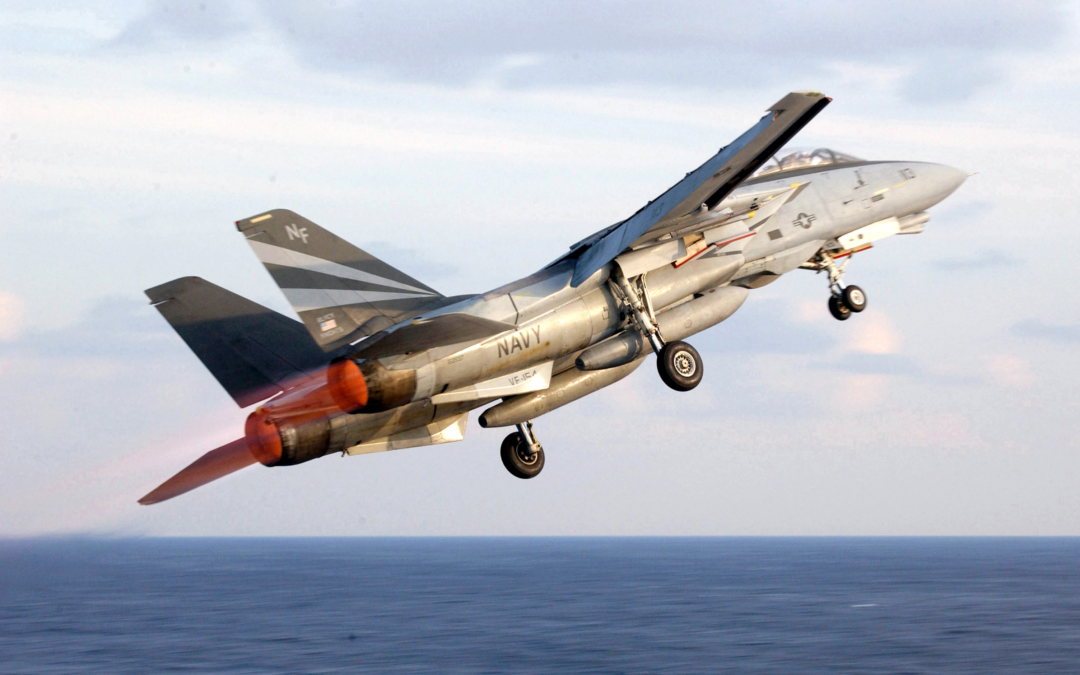
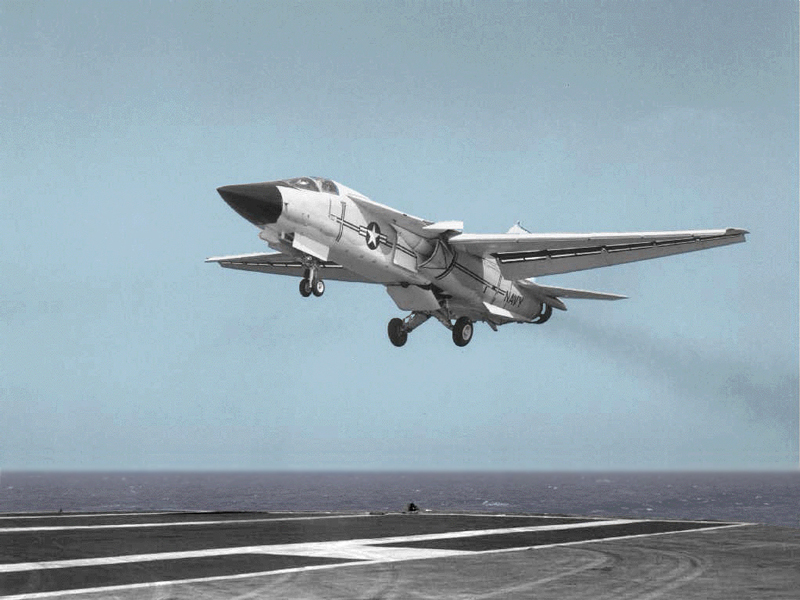
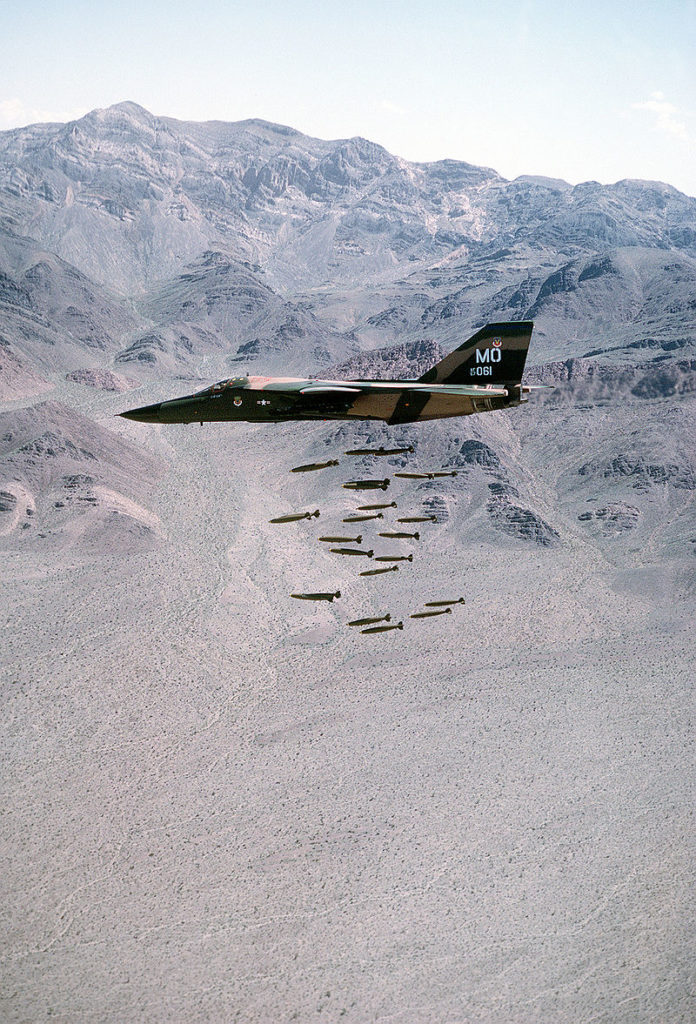
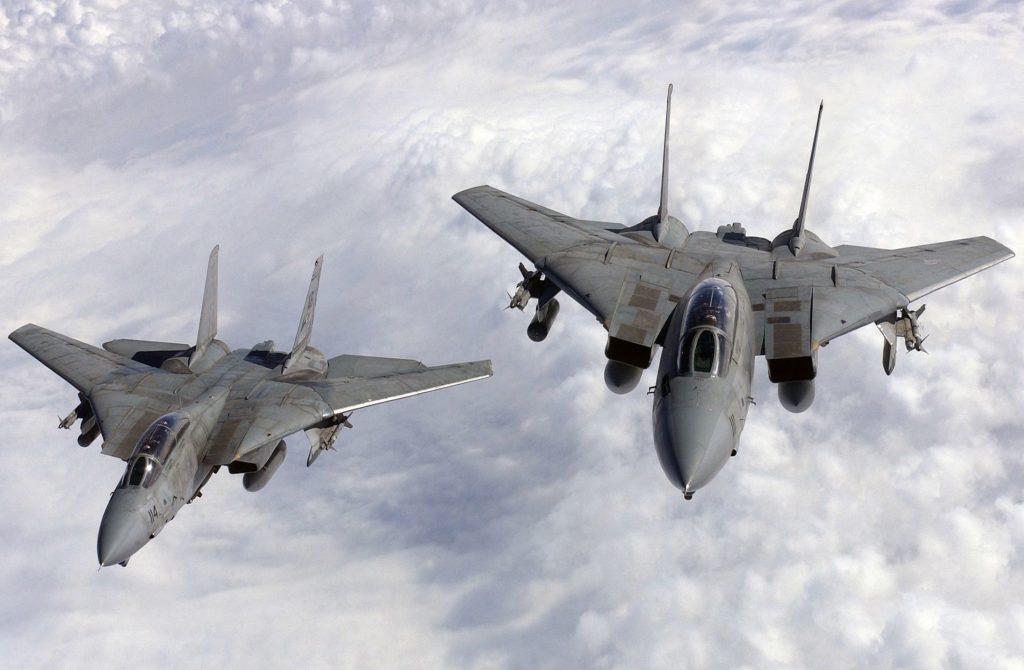
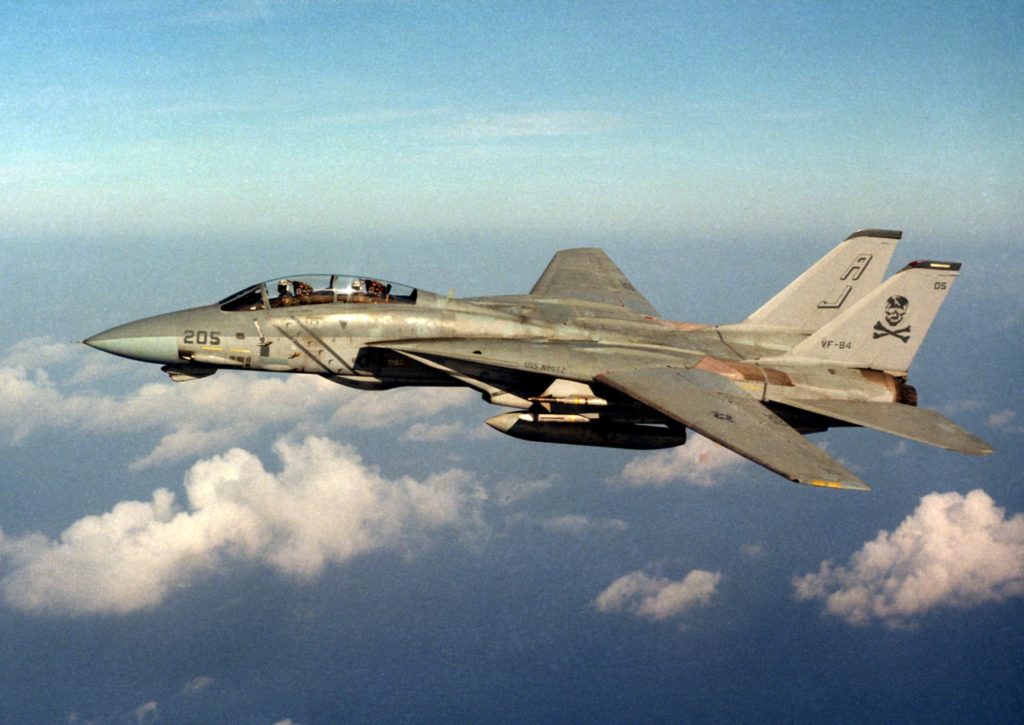
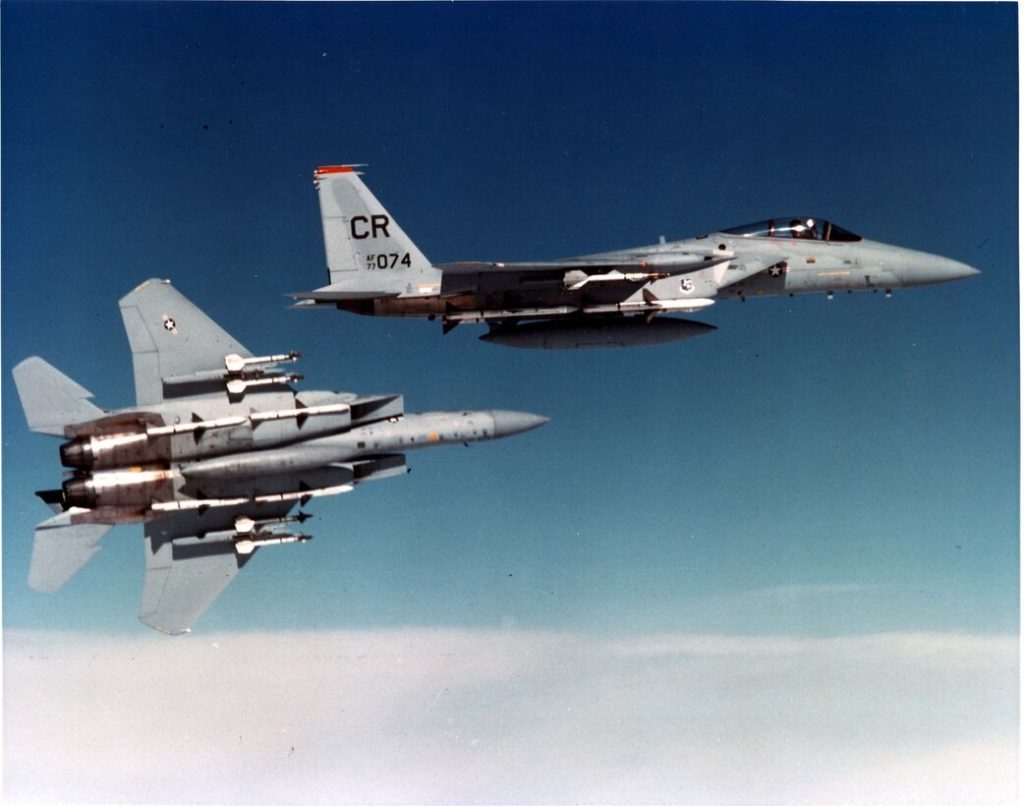
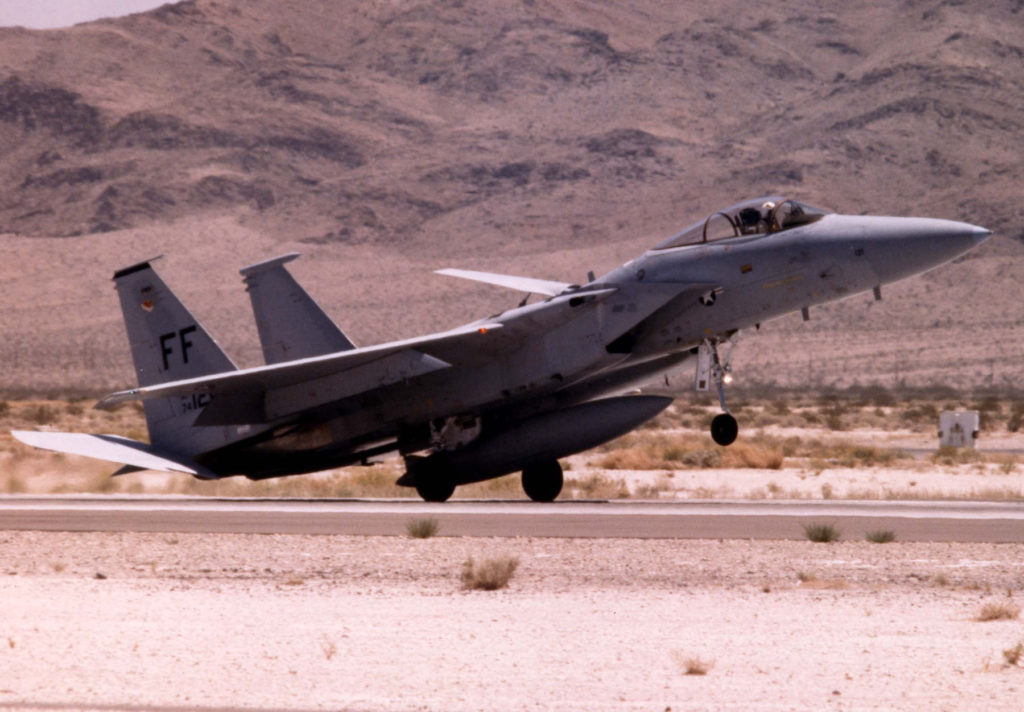
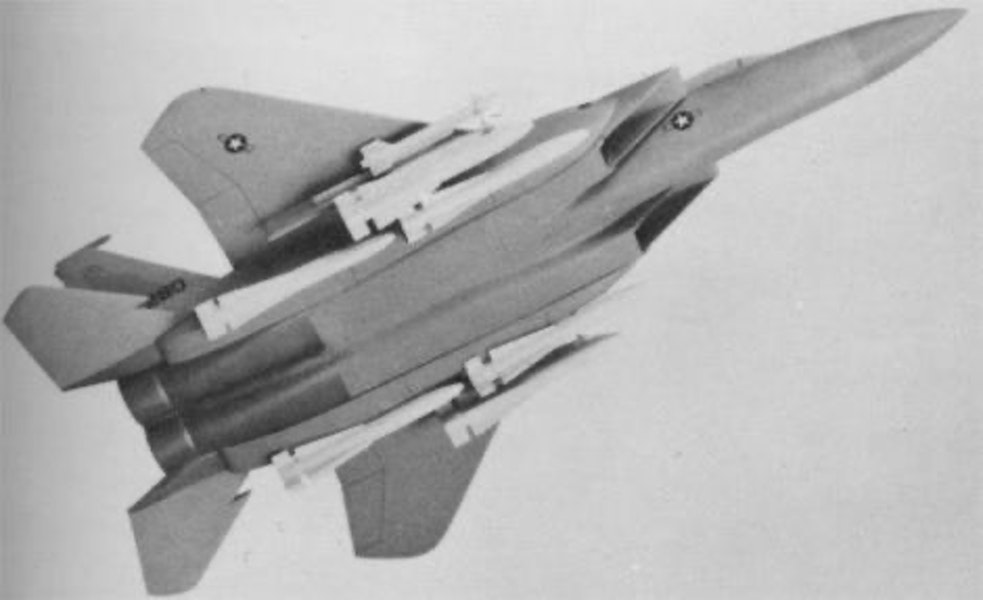
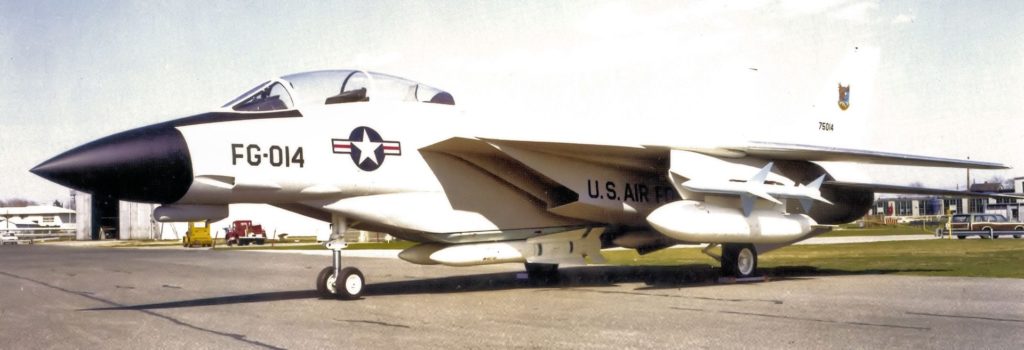

good.